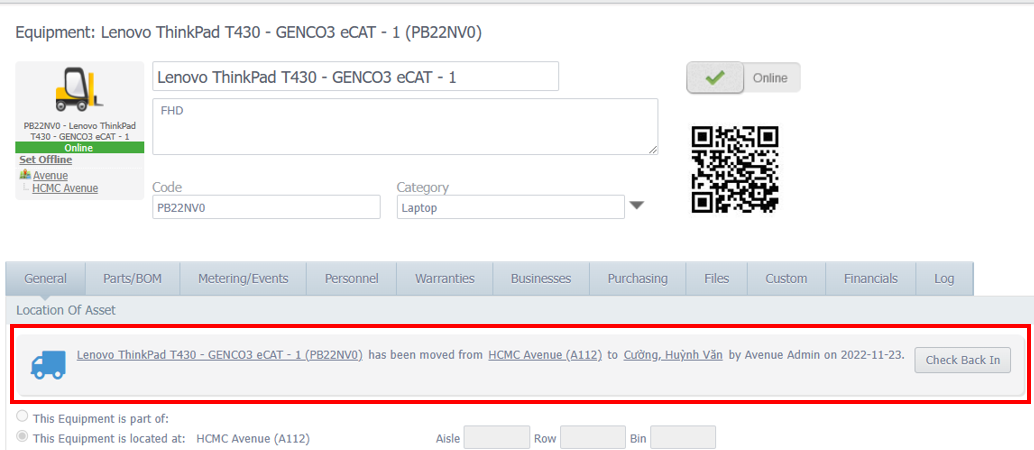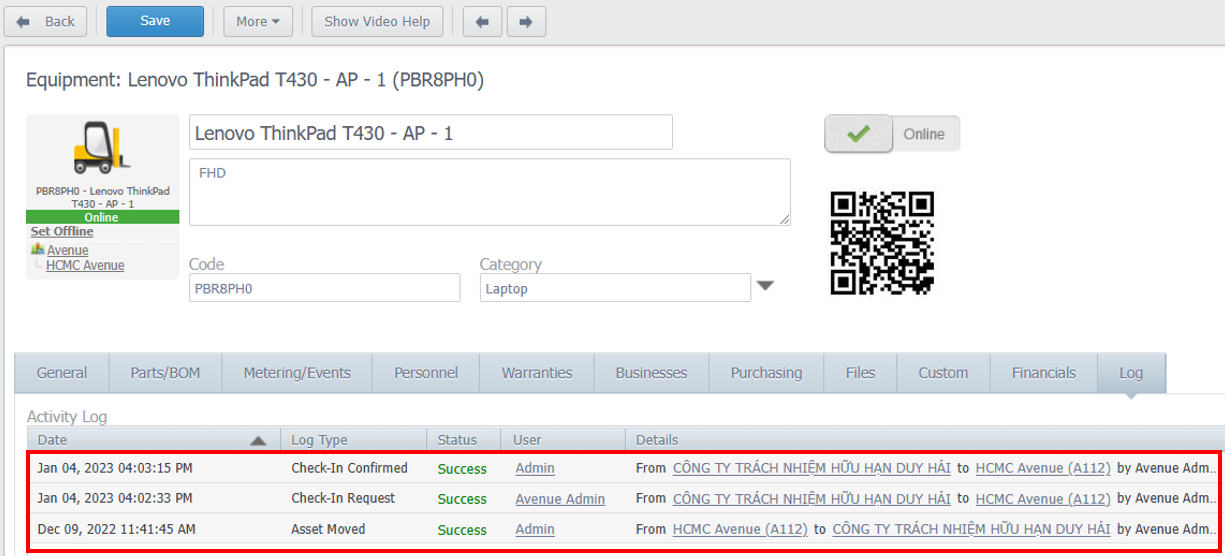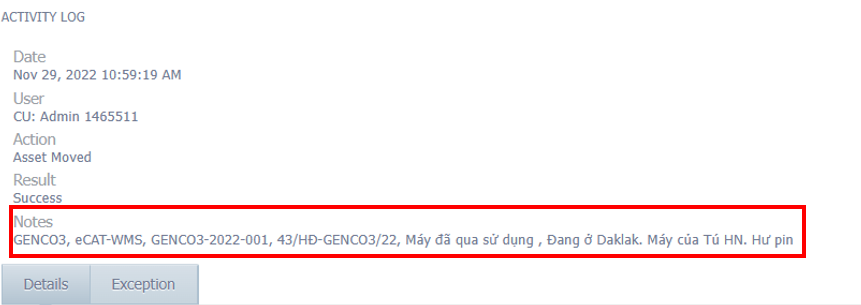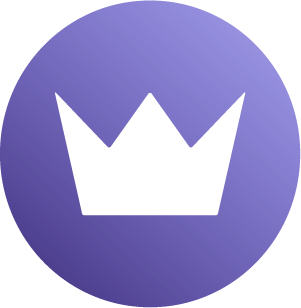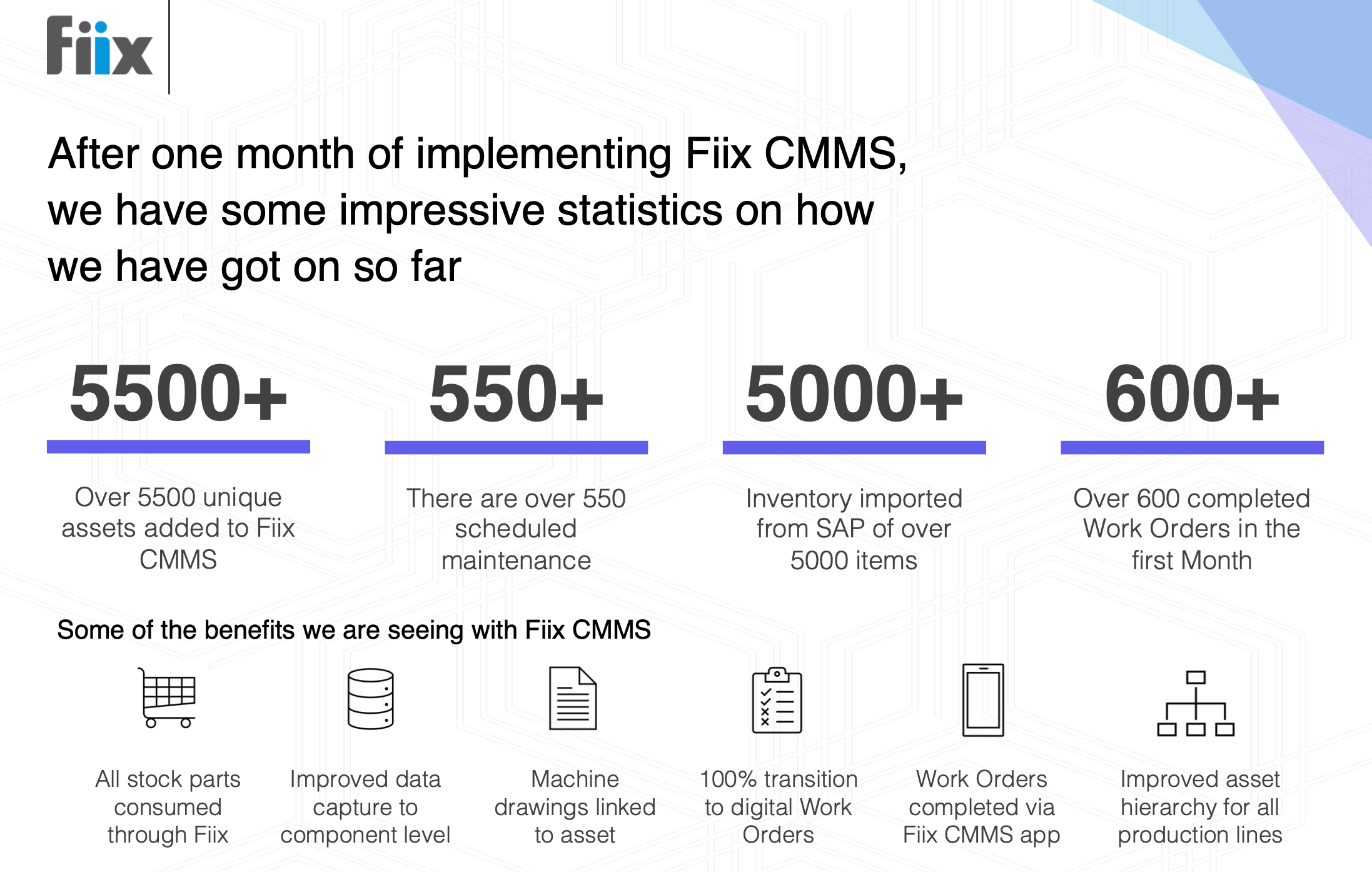The month of January marks the two-year anniversary of The Fiixers community! It’s been a wild ride as we’ve grown from a simple vision to connect maintenance professionals to a dynamic community of over 1,500 Fiix CMMS champions in 137 countries.
Thank you for being a part of The Fiixers!
To celebrate, we’re holding a contest. Entering is simple. Just reply to this thread with your answer to the question:
What was your biggest win with Fiix in 2022?
Here are a few guidelines to help you craft your answer:
- What problem were you trying to solve?
- How was Fiix used as part of the solution?
- What was the result?
How do you win?
The three answers to get the most likes from other members will each win a prize pack, so be sure to get in there and 👍 the ones that made an impressive impact. We hope these answers also inspire other members with new ideas of what they can achieve using Fiix.
Okay, with that out of the way, now on to the important stuff… the prize pack. We’ve got an assortment of Fiix branded gear up for grabs, including our new headlamp! 🔦
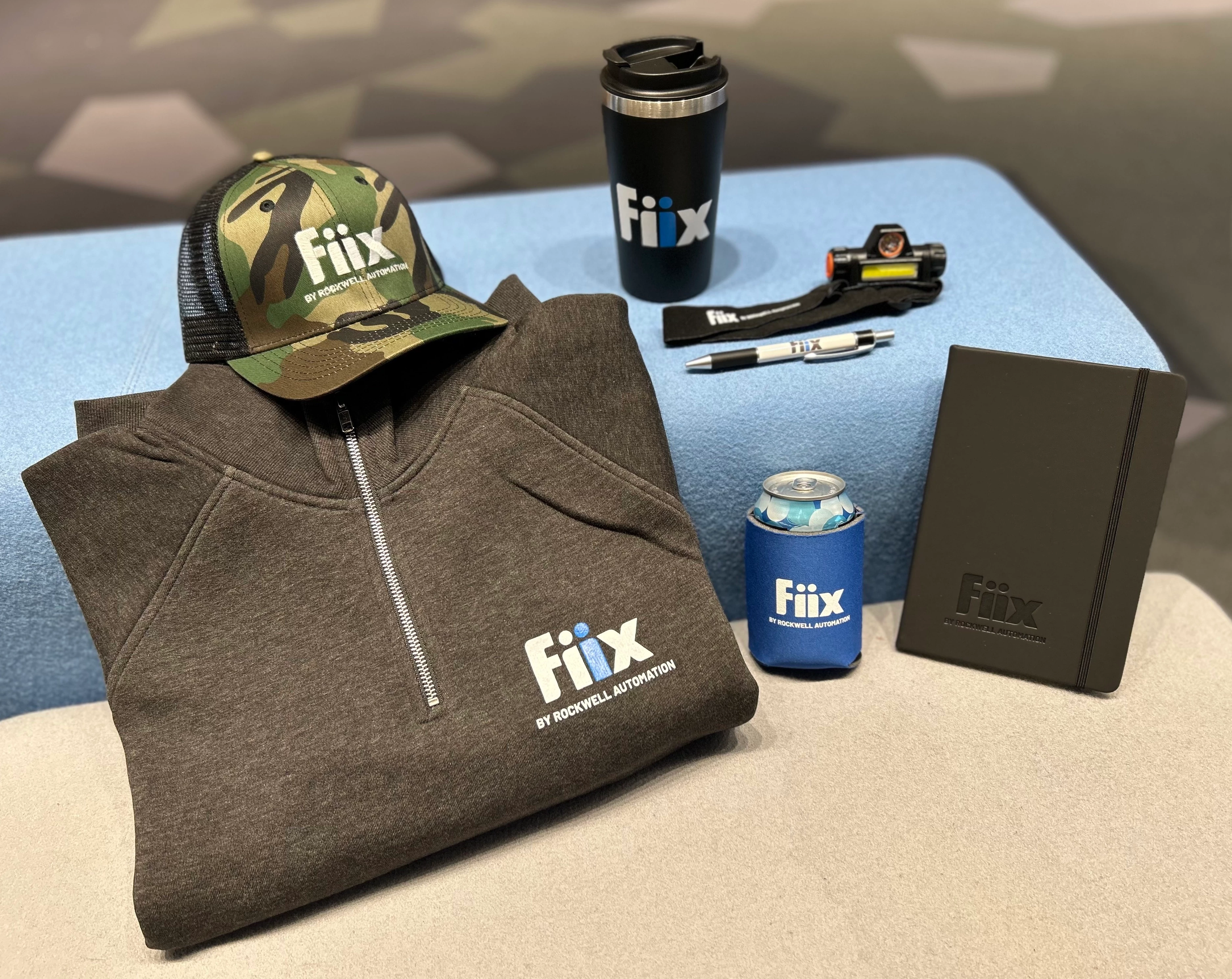
The contest runs until Friday, February 10th, 2023.
We look forward to reading about all the great ways you’ve used Fiix over the past year.








